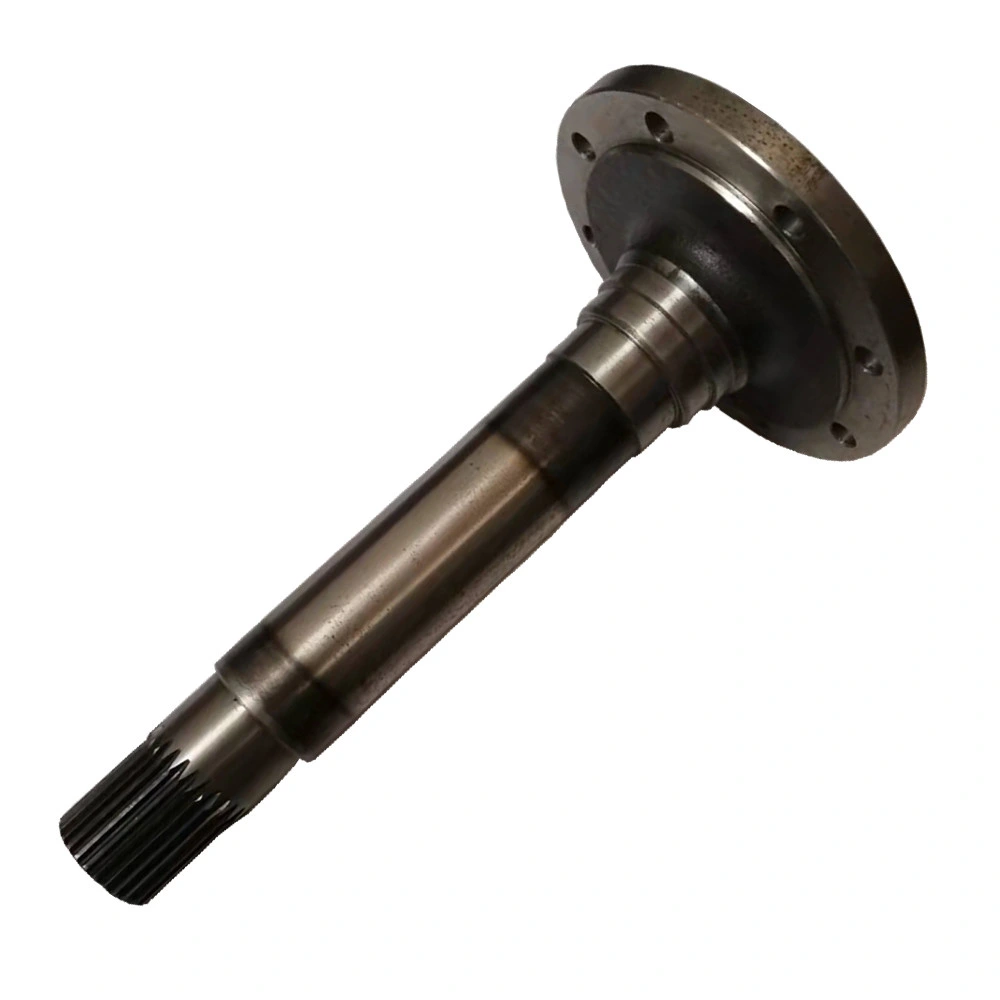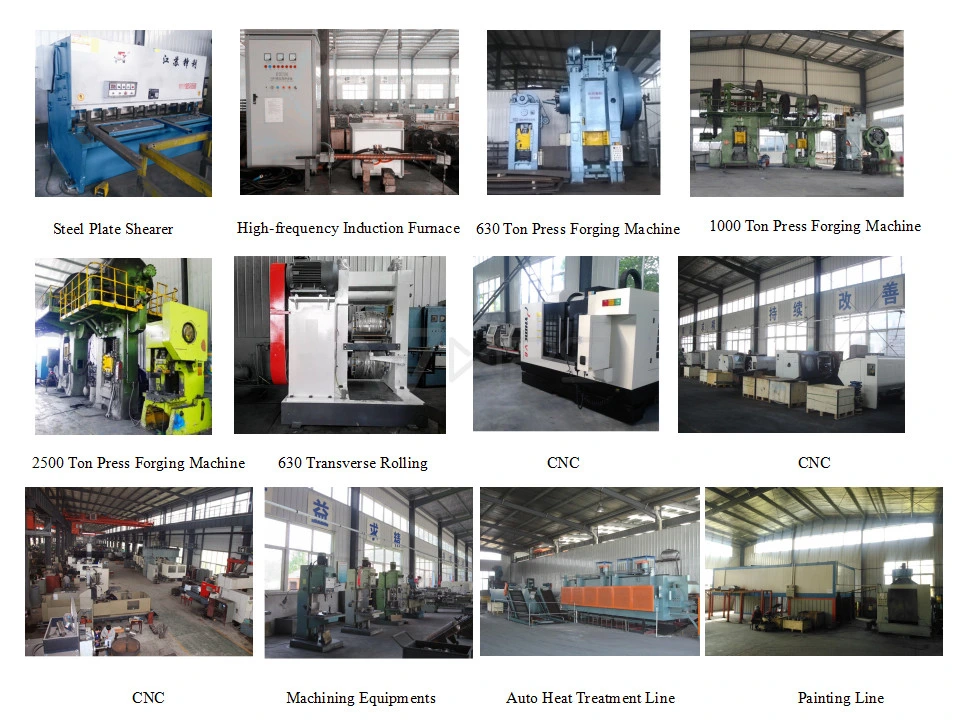Train Axle Spindle: An In-Depth Analysis
1. Introduction to Train Axle Spindles
Train axle spindles are critical components in railway systems, enabling efficient and safe train operations. These spindles are designed to withstand heavy loads and extreme operating conditions. Understanding their importance and functionality is essential for maintaining railway safety and performance.
2. Historical Background
The evolution of train axle spindles dates back to the early days of railway engineering. Initially, basic materials and rudimentary designs were used. Over time, technological advancements have led to the development of more robust and durable axle spindles, enhancing the overall reliability of train systems.
3. Materials Used in Manufacturing
Modern train axle spindles are crafted from high-strength steel alloys, ensuring durability and resistance to wear and tear. These materials are chosen for their superior mechanical properties, which include high tensile strength, toughness, and excellent fatigue resistance.
4. Design and Engineering Specifications
The design of axle spindles involves precise engineering calculations and considerations. Factors such as load distribution, stress analysis, and material properties play a crucial role in the spindle’s design process. Advanced software and simulation tools are often used to optimize these designs.
5. Manufacturing Processes
The manufacturing of train axle spindles involves several stages, including forging, machining, heat treatment, and quality inspection. Each step is meticulously controlled to ensure the final product meets stringent industry standards and specifications.
6. Quality Control Measures
Quality control is paramount in the production of train axle spindles. Various non-destructive testing techniques, such as ultrasonic testing and magnetic particle inspection, are employed to detect any flaws or defects in the spindles, ensuring their reliability and safety.
7. Common Types of Axle Spindles
There are several types of axle spindles used in railway applications, including straight axles, drop axles, and torsion axles. Each type has its specific applications and advantages, catering to different operational requirements and load conditions.
8. Applications in Railway Systems
Axle spindles are integral to various railway systems, including passenger trains, freight trains, and high-speed trains. Their design and functionality are tailored to meet the unique demands of each application, ensuring optimal performance and safety.
9. Load Bearing Capacity
The load-bearing capacity of an axle spindle is a critical parameter that determines its suitability for specific applications. Engineers conduct extensive calculations and testing to ensure the spindle can handle the expected loads without compromising safety or performance.
10. Stress and Fatigue Analysis
Stress and fatigue analysis are essential aspects of axle spindle design. These analyses help identify potential failure points and areas of high stress, allowing engineers to make necessary adjustments and enhancements to improve the spindle’s lifespan and reliability.
11. Maintenance and Inspection
Regular maintenance and inspection of axle spindles are crucial for ensuring their long-term performance and safety. Scheduled inspections help detect early signs of wear and tear, allowing for timely repairs or replacements.
12. Failure Modes and Analysis
Understanding the common failure modes of axle spindles helps in developing better designs and preventive maintenance strategies. Common failure modes include fatigue cracking, wear, and material defects, each requiring specific attention and mitigation measures.
13. Innovations in Axle Spindle Technology
Recent innovations in axle spindle technology focus on enhancing materials, design processes, and manufacturing techniques. These advancements aim to improve the overall performance, durability, and safety of train axle spindles.
14. Environmental Considerations
The environmental impact of axle spindle production and usage is an important consideration. Efforts are being made to develop more sustainable manufacturing processes and materials, reducing the ecological footprint of these critical components.
15. Cost Implications
The cost of manufacturing and maintaining axle spindles is a significant factor in railway operations. Balancing quality and cost-effectiveness is key to ensuring the economic viability of railway systems.
16. Global Standards and Regulations
Axle spindles must comply with various global standards and regulations to ensure safety and interoperability across different railway systems. Adhering to these standards is essential for manufacturers and operators alike.
17. Case Studies of Axle Spindle Failures
Examining case studies of axle spindle failures provides valuable insights into potential risks and mitigation strategies. These case studies highlight the importance of rigorous design, manufacturing, and maintenance practices.
18. Future Trends in Axle Spindle Design
The future of axle spindle design lies in continuous innovation and improvement. Emerging trends include the use of advanced materials, smarter design methodologies, and enhanced manufacturing techniques to meet the evolving demands of the railway industry.
19. Impact of Axle Spindle Failures on Railway Safety
Axle spindle failures can have severe consequences on railway safety, leading to derailments and other catastrophic events. Understanding and mitigating these risks is critical for maintaining safe and reliable railway operations.
20. Role of Technology in Enhancing Axle Spindle Performance
Technology plays a pivotal role in enhancing the performance and reliability of axle spindles. Advanced simulation tools, material science innovations, and precision manufacturing techniques are key contributors to these improvements.
21. Collaboration Between Manufacturers and Railway Operators
Collaboration between axle spindle manufacturers and railway operators is essential for developing high-quality, reliable components. This partnership ensures that the spindles meet the specific needs and challenges of modern railway systems.
22. Importance of Training and Skill Development
Proper training and skill development are crucial for personnel involved in the design, manufacturing, and maintenance of axle spindles. Continuous education and training programs help maintain high standards of quality and safety.
23. Economic Benefits of High-Quality Axle Spindles
Investing in high-quality axle spindles offers significant economic benefits, including reduced maintenance costs, fewer operational disruptions, and extended service life. These advantages contribute to the overall efficiency and sustainability of railway operations.
24. Customer Case Studies and Testimonials
Customer case studies and testimonials provide real-world examples of the performance and reliability of axle spindles. These stories highlight the benefits and satisfaction experienced by railway operators who have invested in high-quality components.
25. Conclusion: The Future of Train Axle Spindles
The future of train axle spindles looks promising, with continuous advancements in materials, design, and manufacturing techniques. These innovations will help meet the growing demands of the railway industry and ensure safe, reliable, and efficient train operations.

Our company, a leader in China’s axle market, offers a comprehensive range of products including axle spindles, beam axles, trans axles, axle surgeons, live axles, straight axles, torsion axles, axle shafts, and drop axles. We boast state-of-the-art CNC production equipment and automated assembly lines, ensuring high-quality products at competitive prices. Our exceptional service guarantees customer satisfaction. We welcome custom orders based on client designs and specifications.

Author: Czh
